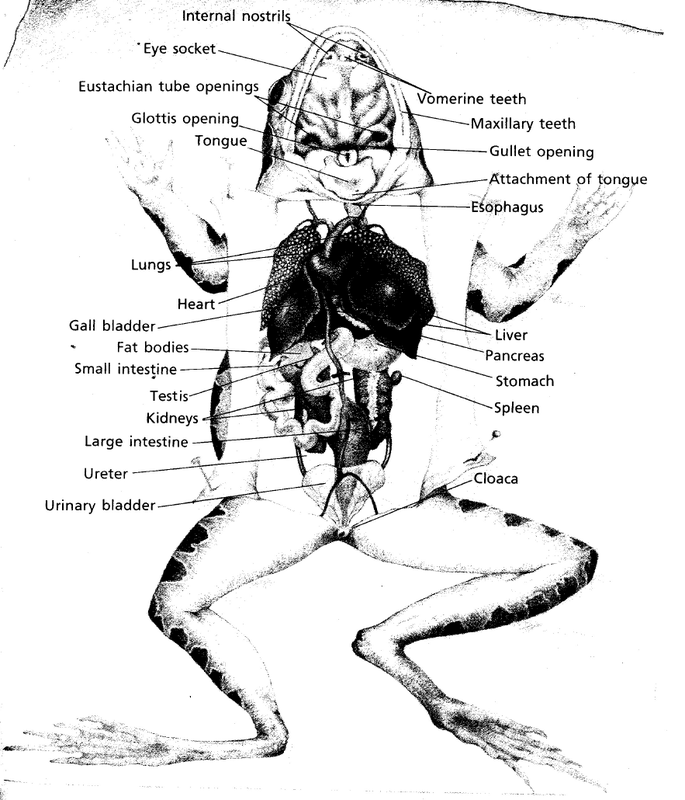


Interactive quizzesĮach body system includes a formative assessment quiz, with immediate feedback, that reinforce learning.

You will not find any silly dancing frogs in this program what you will find is animations that explain difficult-to-understand concepts such as blood flowing through a three-chambered heart, synapses, meiosis and mitosis and freely-movable joints. On each screen where there isĪ difference between human and frog anatomy, you will see the icon to theĬan learn how we differ from frogs. Is surprisingly similar to human anatomy.

Human anatomy comparisonsīiology students have traditionally dissected frogs, because their anatomy The program covers all major body systems:Īnd, to pull it all together, are several activities in Expect to take about an hour to prepare for this dissection. Use the second web link to label the frog’s internal organs with location and function. After all, dissecting animals is only done Directions: Watch the virtual Dissection Introduction & External Anatomy to answer the questions. Its animation, movies, photographs and in-depth text, seamlessly linkedįrom the dissection module. Students will have a chance to go at their own pace, repeat any areas in which they struggle, and hopefully gain a better understanding for and appreciation of animal anatomy.This section is the real "heart " of The Digital Frog 2.5 with This computer program ensures students obtain the critical knowledge intended by dissection labs, without the smell or cost of preserved specimens. While there is still a place for hands-on dissections in science, I think it is beneficial for students to experience alternatives as well or pair these with pre-lab activities so students come in to lab ready and better prepared. This assignment will solve a lot of these issues and help squeamish students dissect in a less intimidating way. Students often make incorrect cuts, get a bad specimen, are absent on critical lab days, or let their partner or group do the work for them. There are times during traditional dissections when students become more preoccupied with the cuts and guts, instead of actually learning the anatomy of the animal.


 0 kommentar(er)
0 kommentar(er)
